What’s in the Box
- Parsley Seeds
- Sowing instructions printed on backside of Seed Packet
- Recyclable Pouch
Introduction
Parsley (Petroselinum crispum) is a popular culinary herb cherished for its fresh, slightly peppery flavor and nutritional benefits. It belongs to the Apiaceae family and is native to the Mediterranean region. There are two main types of parsley: curly leaf and flat leaf (Italian parsley), both of which are widely used in cooking, garnishing, and salads. In addition to its taste, parsley is rich in vitamins A, C, and K, and acts as a powerful antioxidant.
Growing parsley at home or in a garden requires patience, especially during the germination stage, as parsley seeds are notoriously slow to sprout. However, with proper care and optimal conditions, you can enjoy a lush supply of fresh parsley throughout the growing season.
Guide to the Germination Process, Soil & Fertilizer, Watering & Pest Control Requirements for Parsley Seeds
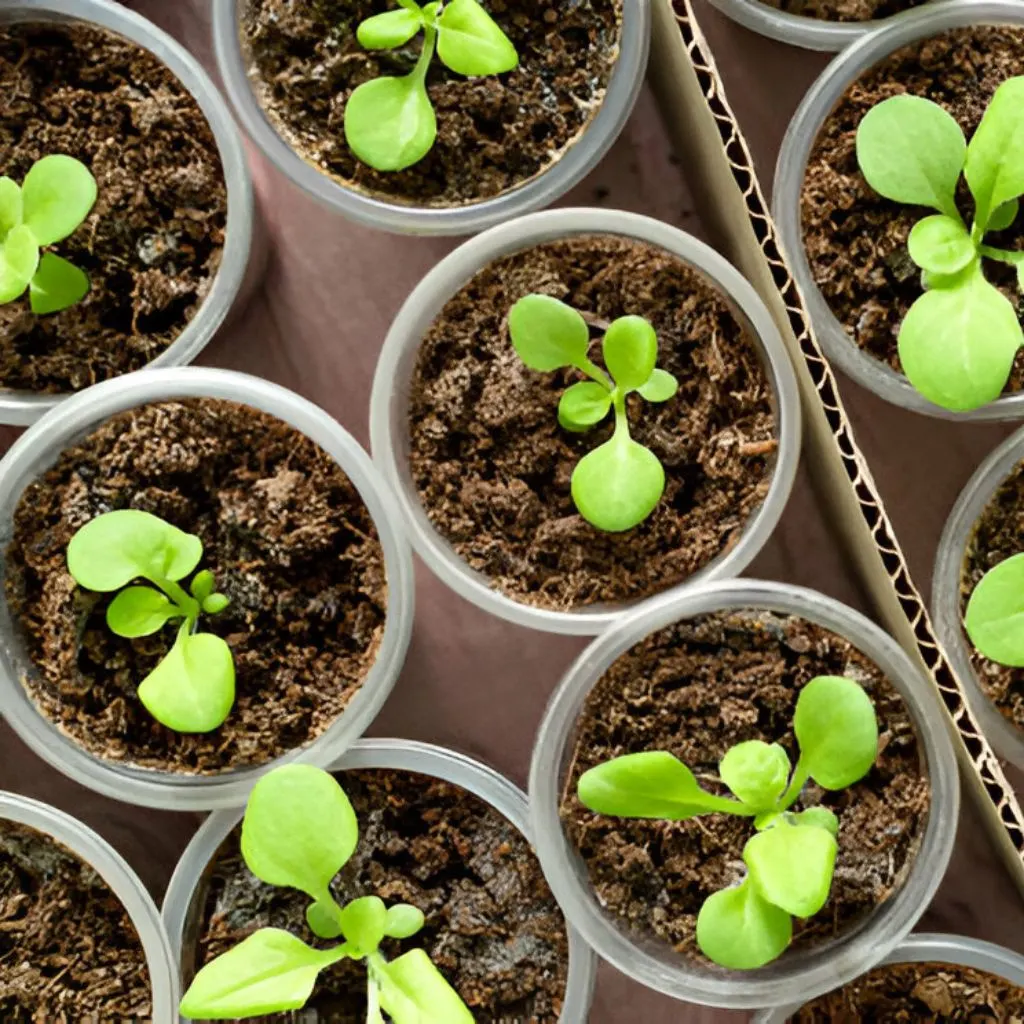
Seeds Germination Process
Seed Preparation: Parsley seeds have a hard outer coating, which delays germination. To enhance germination success:
- Soak seeds in warm water for 12–24 hours before sowing. This softens the seed coat and promotes quicker sprouting.
- After soaking, drain and dry the seeds lightly before planting.
Planting Medium: Use a light, well-draining, and sterile seed-starting mix. A mixture containing peat moss, perlite, and vermiculite is ideal. Avoid heavy garden soil for seed starting as it may retain too much moisture and promote fungal diseases.
Planting
- Sow seeds about ¼ inch (6 mm) deep in the planting medium.
- Space seeds about 1 inch apart, especially if growing in containers or seed trays.
- Cover lightly with soil and gently press down to ensure seed-to-soil contact.
Containers
You can start parsley seeds in:
- Seed trays
- Small pots
- Biodegradable peat pots
- Directly in garden beds if temperatures are suitable
Ensure containers have adequate drainage holes to prevent waterlogging.
Watering
- Use a spray bottle or gentle watering can to moisten the soil after sowing.
- Keep the soil consistently damp but not soggy.
- Covering the container with plastic wrap or a humidity dome can help retain moisture during germination.
Temperature
- The optimal soil temperature for germination is 21–27°C (70–80°F).
- Seeds will germinate at temperatures as low as 10°C (50°F), but much more slowly.
- Using a seedling heat mat can help maintain consistent warmth.
Light
- During germination, light is not required.
- Once seedlings emerge, provide 12–16 hours of bright light daily, ideally with a grow light or on a sunny windowsill.
- Avoid placing seedlings in direct sunlight during the hottest part of the day.
Germination Time: Parsley seeds take 14–28 days to germinate under optimal conditions. Patience is key during this stage. Continue providing light and consistent moisture as seedlings establish themselves.
Soil & Fertilizer Requirement
Soil Type: Parsley thrives in:
- Loamy, well-draining soil
- Rich in organic matter
- Slightly acidic to neutral pH (6.0 to 7.0)
Avoid clay-heavy soils that retain water or overly sandy soils that dry out quickly.
Soil Preparation
- Loosen the top 10–12 inches of soil before planting.
- Mix in compost or well-rotted manure to enrich the soil.
- Remove rocks and debris that could obstruct root growth.
- In containers, use organic potting mix designed for herbs or vegetables.
Fertilization
- Parsley is a moderate feeder, so balanced nutrition is key.
- Incorporate a balanced fertilizer (e.g., 10-10-10) into the soil before planting.
- After seedlings are established, apply a diluted liquid fertilizer every 3–4 weeks.
- Use organic options like:
- Compost tea
- Fish emulsion
- Seaweed extract
Avoid over-fertilizing, especially with nitrogen, as it may lead to lush foliage with poor flavor.


Watering Requirement
Regular Watering
- Parsley requires consistent moisture to grow well.
- Water when the top inch of soil feels dry.
- Established plants typically need about 1–1.5 inches of water per week.
Drought Tolerance
- Parsley is not drought-tolerant.
- Extended dry periods can lead to:
- Bolting (premature flowering)
- Bitter-tasting leaves
- Reduced leaf production
Deep Watering
- Water deeply to encourage deep root growth.
- Shallow watering can result in weak, shallow roots.
- Early morning is the best time to water, allowing leaves to dry by evening.
Avoid Overwatering
- Overwatering leads to root rot and fungal issues.
- Ensure containers and garden beds have proper drainage.
- Watch for signs of overwatering:
- Yellowing leaves
- Wilting despite moist soil
Climate Dependent: Use mulch around the base of plants to conserve soil moisture and regulate temperature.
In hot, dry climates, parsley may need daily watering.
In cooler or rainy climates, reduce frequency but monitor soil moisture.
Pest Control Requirement
List of Pests: Several pests can affect parsley, particularly during warmer months:
- Aphids – Small sap-sucking insects that cluster on stems and leaves.
- Cutworms – Larvae that sever young seedlings at the base.
- Armyworms – Caterpillars that chew on leaves and stems.
- Spider Mites – Tiny, web-producing pests that cause stippling and leaf drop.
- Leafminers – Larvae that burrow into leaves leaving winding tunnels.
- Carrot Root Fly (larvae) – These can damage roots, especially when parsley is planted near carrots.
Solutions
Preventive Measures
- Keep garden clean and free of plant debris.
- Avoid over-fertilization, which can attract aphids.
- Rotate crops and avoid planting parsley in the same spot every year.
Natural Remedies
- Neem Oil Spray: Effective against aphids, mites, and other soft-bodied insects.
- Insecticidal Soap: Safe for edible herbs; kills pests on contact.
- Diatomaceous Earth: Sprinkle around the base of plants to deter crawling insects like cutworms.
- Beneficial Insects: Introduce ladybugs or lacewings to control aphids naturally.
Physical Methods
- Hand-pick visible pests like caterpillars.
- Use floating row covers to prevent egg-laying by adult insects.
- Prune and remove infected or damaged leaves promptly.
Companion Planting: Avoid planting parsley next to mint, which can be invasive and attract pests.
Grow parsley near onions, garlic, or chives to repel pests.


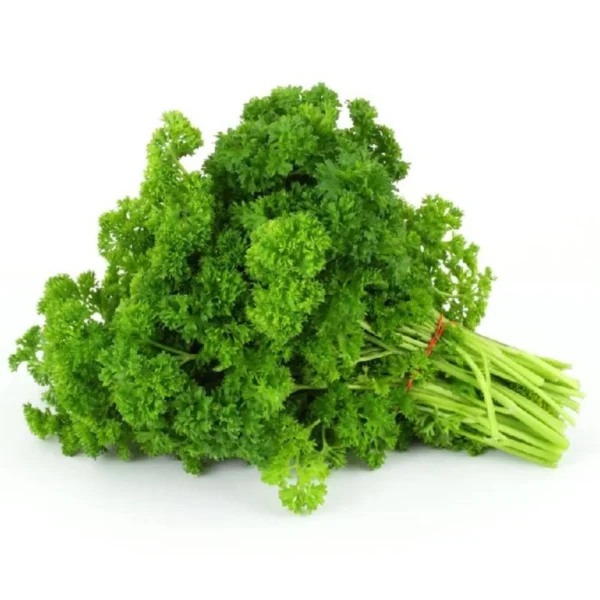
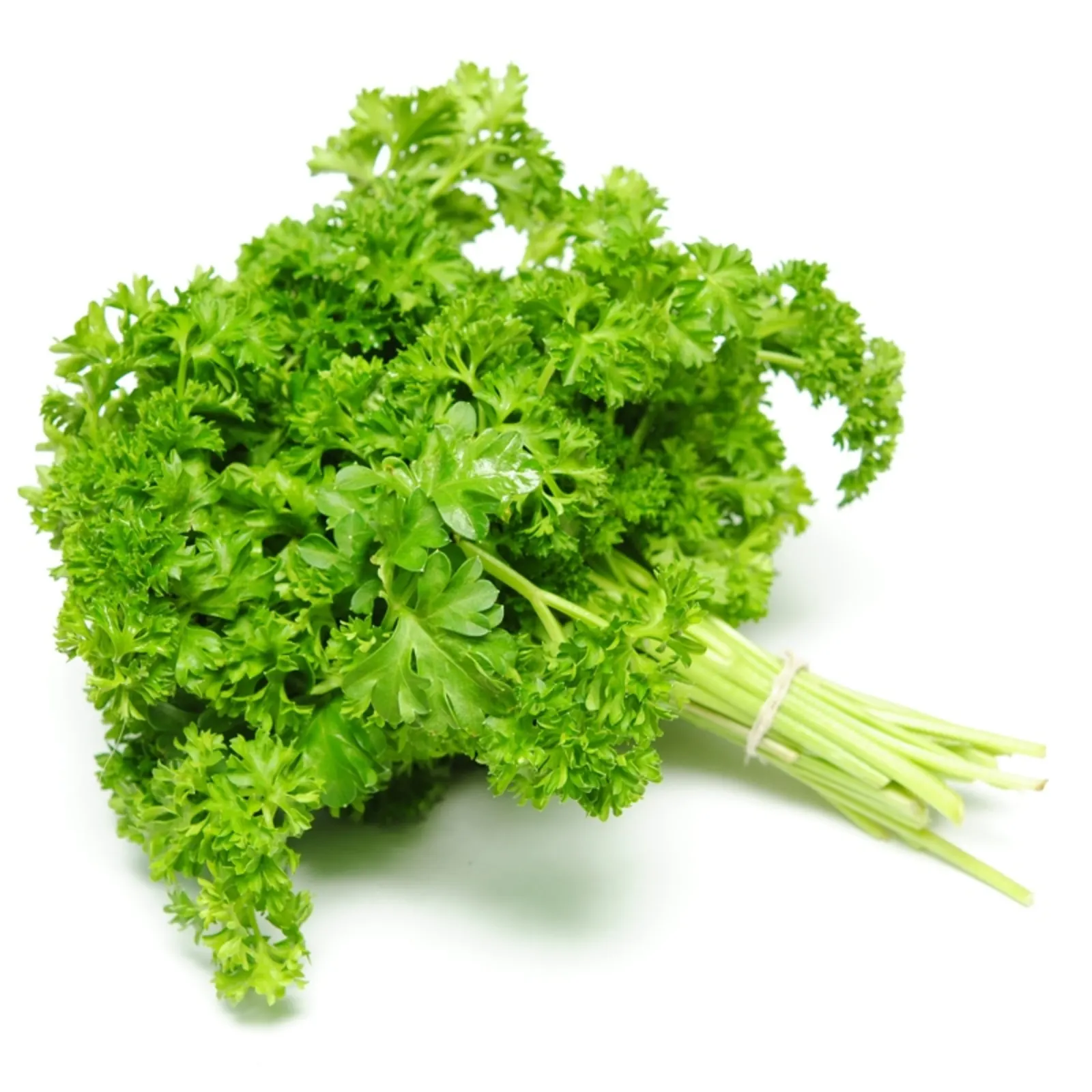
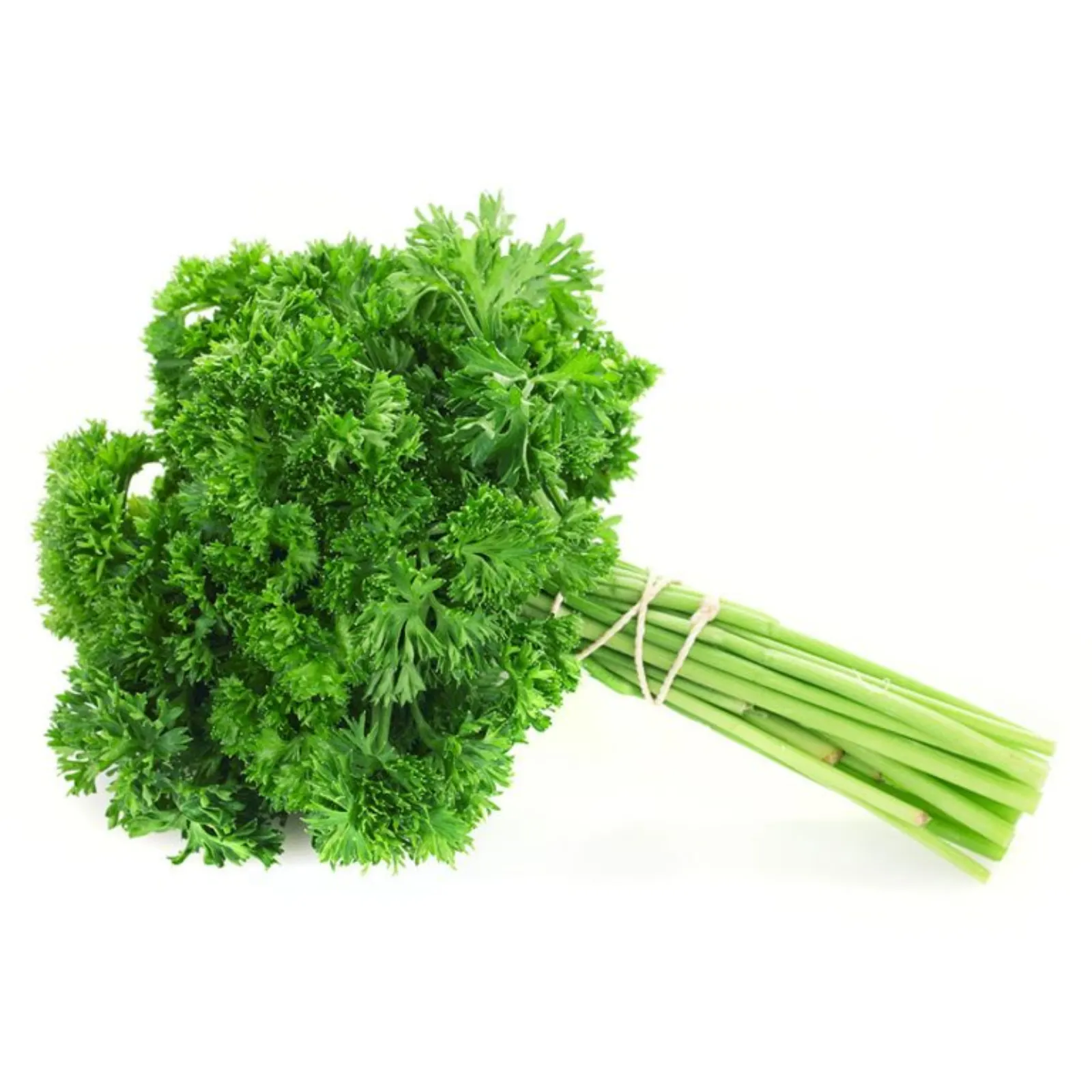
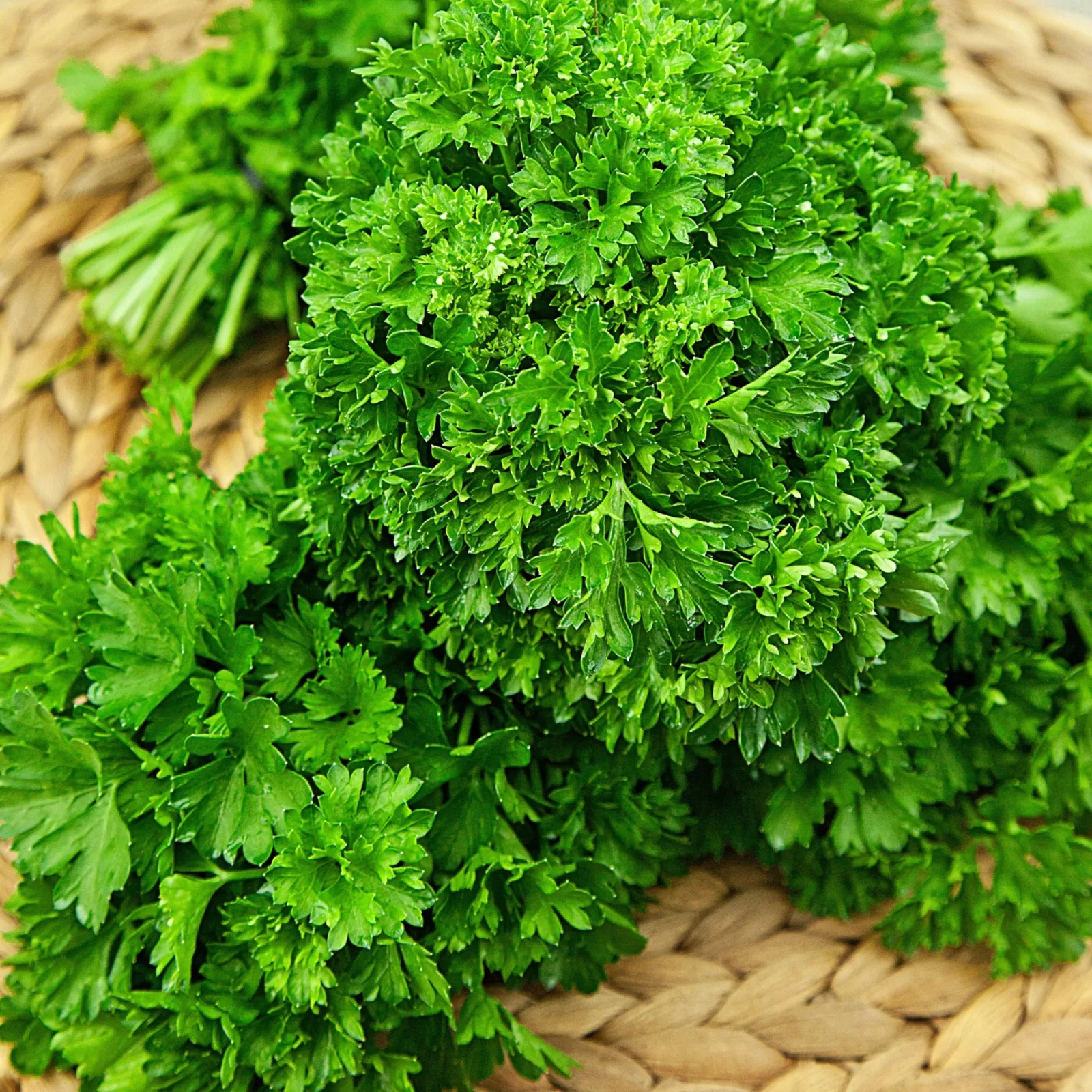
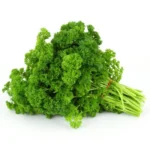
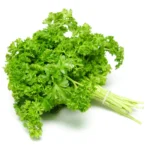
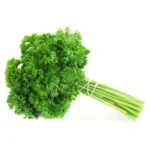
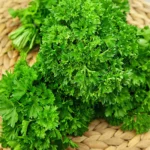
Reviews
There are no reviews yet